Let's put the creamy chiffon and bridal bouquets aside for a moment; for every eight knots that will be tied this summer, there will be two that unravel before their time, according to one estimate. Besides the emotional damage of a broken engagement -- not to mention the financial woes -- the ex-bride and groom are now stuck with that ex-engagement ring.
Who Keeps the Ring?
In some states, the engagement ring is viewed as a gift that a man presents to a woman. If it is truly a gift, no matter what happens to the relationship, the woman should be allowed to keep her gifted ring.
But not so fast. Many states maintain that engagement rings are conditional gifts -- given upon the condition that the couple weds. According to contract law, if the man's offer of "Will you marry me?" when he presents the ring is followed by the woman's "yes" upon its acceptance, the couple has then entered into a contractual agreement. In this view, breaking the engagement is like breaking a contract. In court, it can be argued that if the woman breaks the engagement, she must return the ring. And the contrary: if the man breaks the engagement, the woman can claim that she should keep the ring, as she was still keeping her end of the deal.
And while there may be claims to be argued in court, what people actually do is quite another matter. Etiquette queen Miss Manners states that "The laws of etiquette absolutely require you to return an engagement ring when the engagement is broken, for whatever reason and by however nasty a fiancé." Adhering to this rule of etiquette would certainly be the right move, and save the court costs involved in an already expensive state of affairs. As Rachel Safier says, author of There Goes the Bride, a survival guide to broken engagements, "It's the menschy thing to do; it's the right, kind thing to do." And all the more so if the woman received a family heirloom ring.
Besides who keeps the ring, another potentially difficult question is: how does one go about selling that once-upon-a-time-bridal bling?
Three Options of Where to Sell the Ring
First, let's take the time-honored pawn shop route. This has often been the address for broken-hearted or broke lovers who needed quick money for their jewels. The problem is that this is also the best way to get ripped off. A pawn shop will most likely offer about half the wholesale cost of the ring, or about a third of the price you paid in a retail shop. That would be a small pittance and a big pity.
Second, there's the local bricks and mortar jewelry shop. Some stores have policies of buying back rings they sold within a year, but if you're over a year or bought from a store or online without such a policy, then you will be fair game for the whims of the retail market. Generally the retail market works as follows: if the cost of the ring to the store is X, the jeweler will sell it for 1.5X, or 1.5 times more than the wholesale price. Buying a ring back will only net the customer about 0.75X of the wholesale cost, or about half of what the poor guy originally paid for it. In other words, the best deal that you can hope to get from a local jewelry shop is about half of the price you originally paid for it.
And last we have perhaps the most profitable venue -- the online auction house. Sites like Craig's List and EBay are good options, as well as auction sites that are specifically designed for broken engagements and specialize in connecting buyers and sellers of engagement rings, wedding bands and wedding gowns.
Do your research first about how much you can expect to get for your ring based on the 4 C's, the setting and the current market demand for that style and then set your asking price accordingly. It's equally important to include an accurate description of the ring with a link to the diamond's GIA or other gemological lab certification, as well as several high-quality, close-up photographs taken from different angles of the ring. Providing a link to the diamond's certification also shows buyers that your ring is legitimate, and will ensure that a buyer won't get stuck with a cubic zirconium look-alike. It's also a good idea to set the minimum auction price so that you won't be surprised by someone else's "steal" win of your ring. And telling your story about the ring is likely to appeal to the sensitive side of shoppers, making your ring stand out in an otherwise overwhelming list of sale ads.
And while you may get the best price from one of these sites, keep in mind that it could take a long time. Whereas the pawn shop will fetch you the lowest price, it will also get you the cash in hand the quickest. Putting a ring up on Craig's List or your local want-ads may earn you more money, but you are likely to have to wait for the right buyer, which could take a long time.
Mr. or Mrs. Wrong are not the only people interested in selling engagement rings. Divorced couples may also opt for the cash over the less than pleasant sentimental associations with the ring. Or couples who are happily married and just want to upgrade the original ring may be in the market to sell. Whatever the circumstances may be, know your options and be an educated, savvy seller when the time comes to part with the ring.